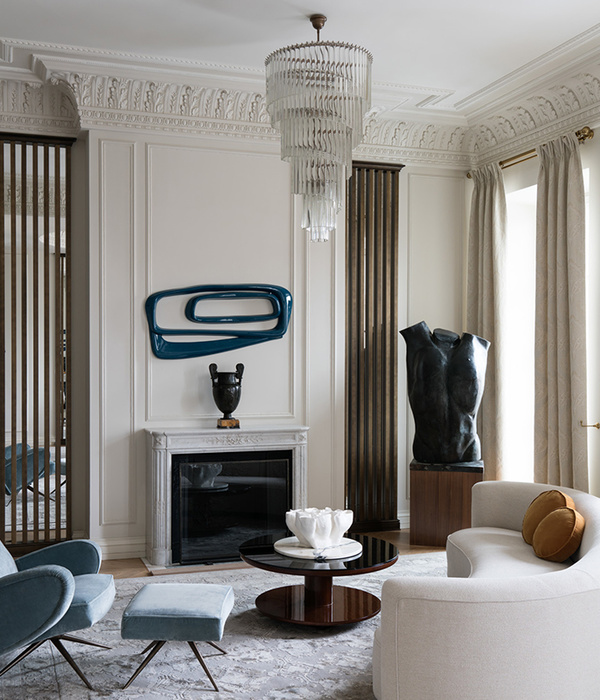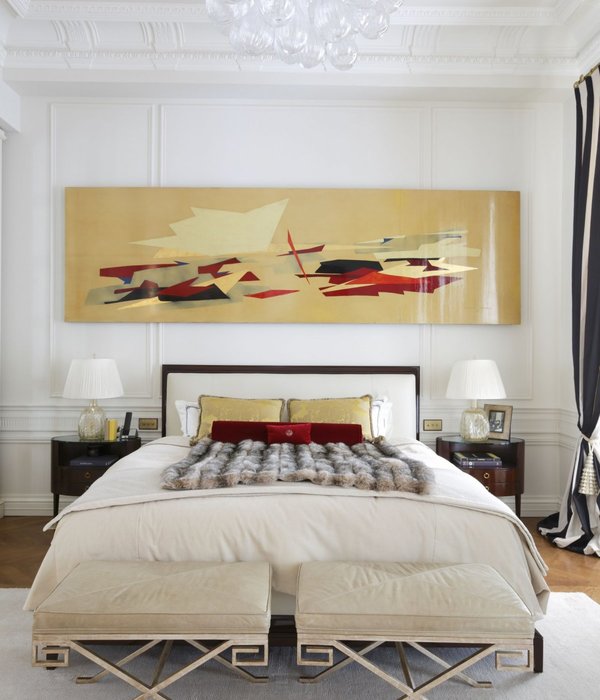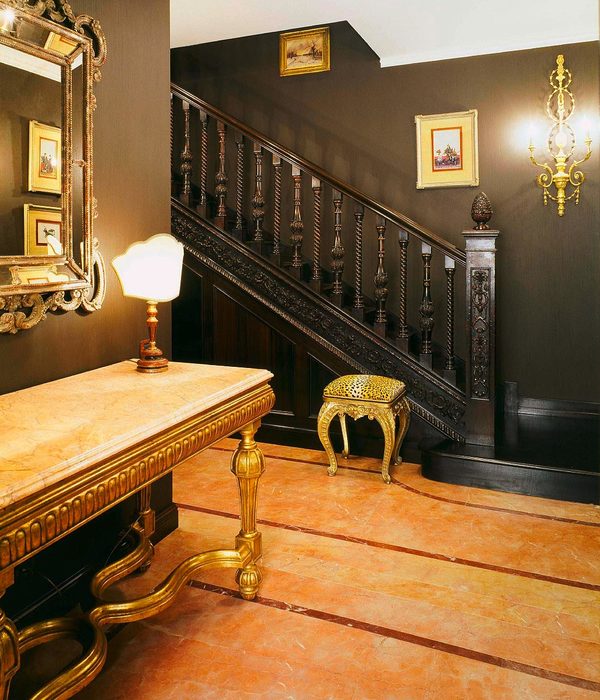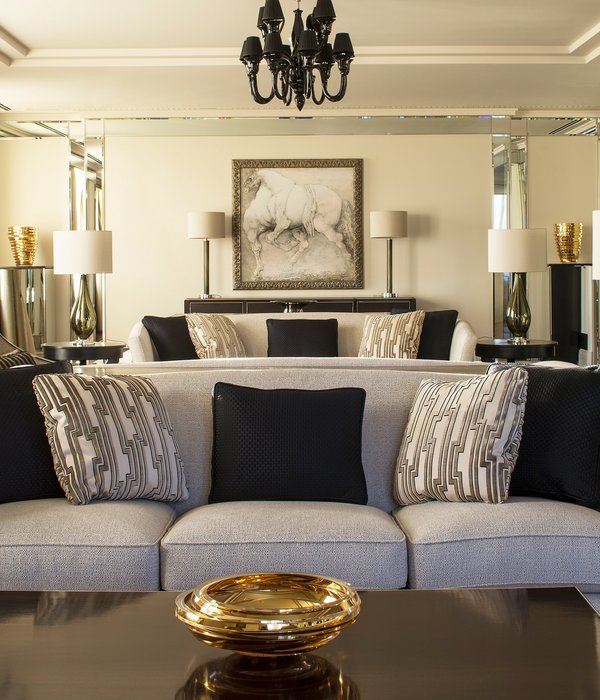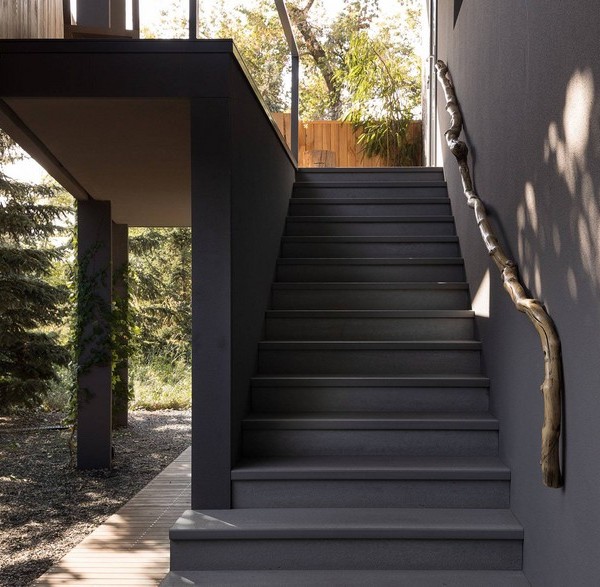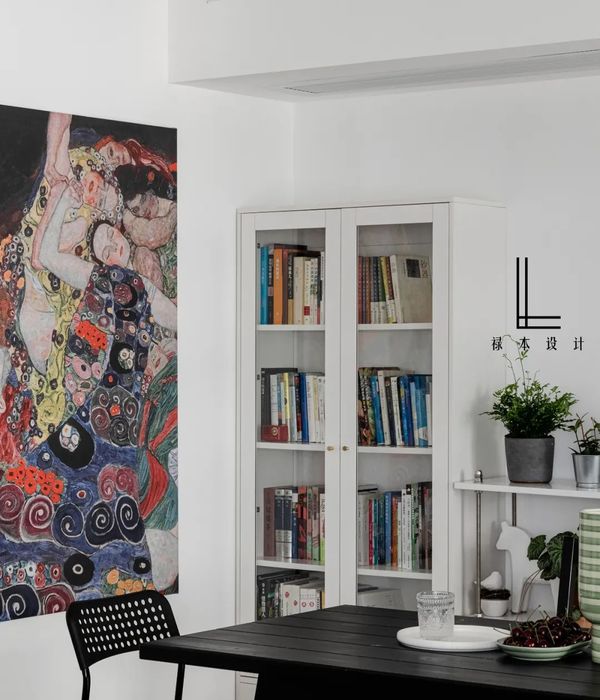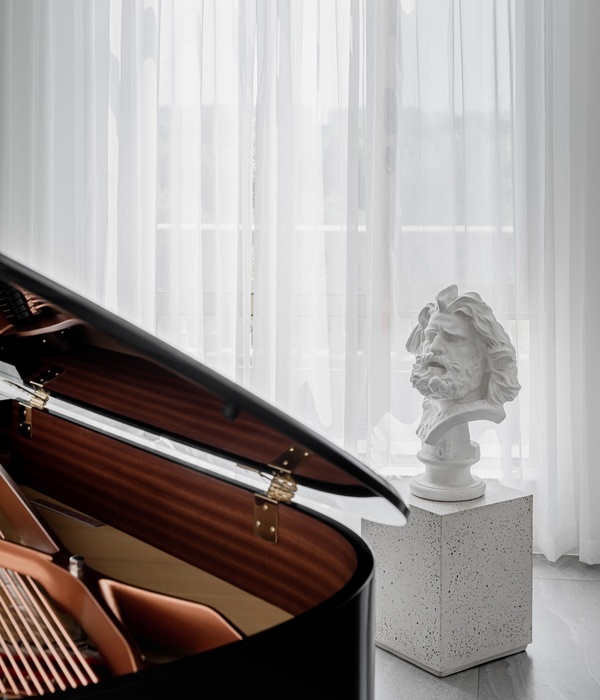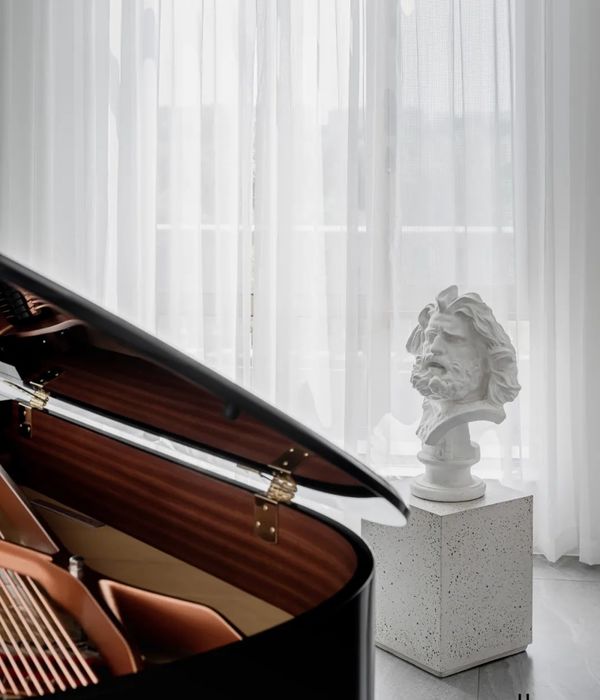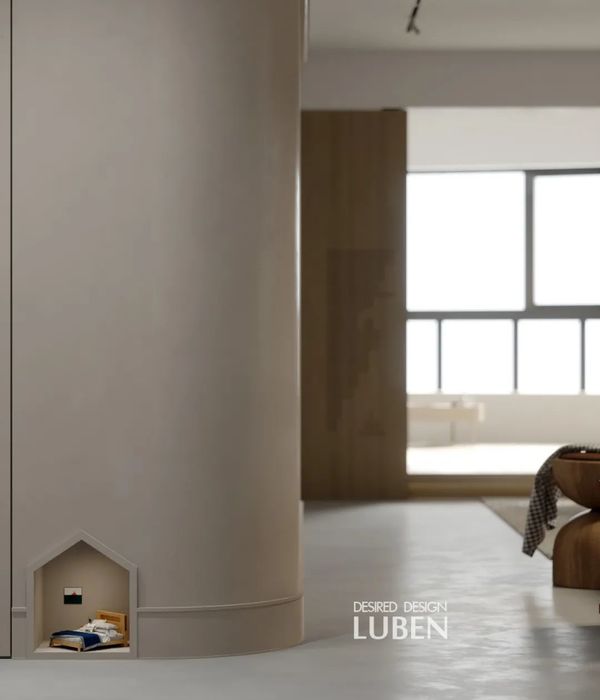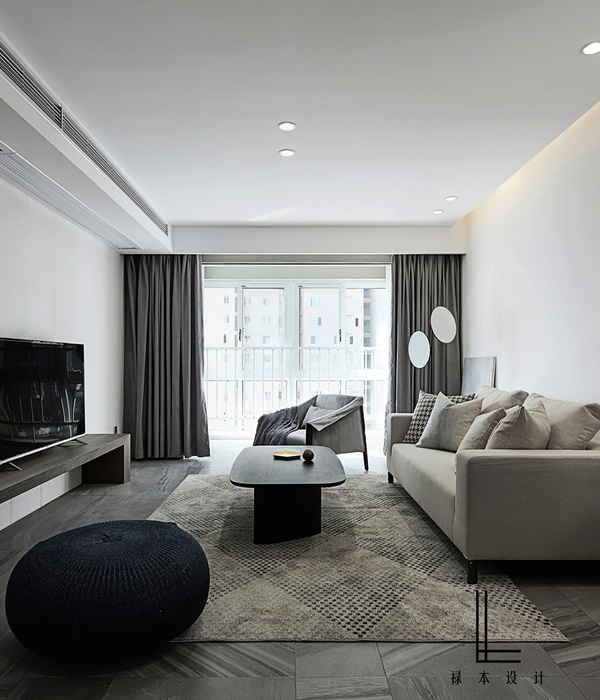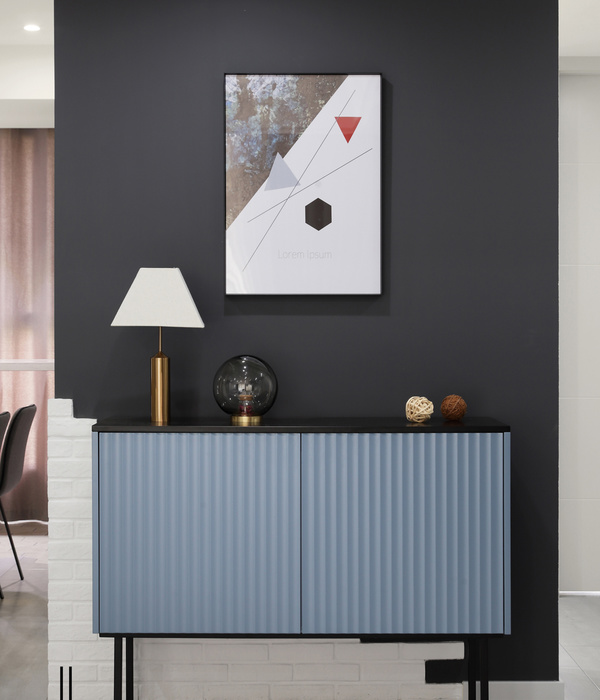"Itakerhof"- conversion of a barn into an apartment.
The barn belonging to a so-called "Itakerhof", built in the 19th century, was converted into an apartment. The special feature of the "Itakerhof", located in Upper Bavaria, not far from the Simssee, is the generous conception, an unusually high number of windows and the masonry consisting of a conglomerate of field and cinder stones. The brick window lintels and edgings, as well as the continuous wall band under the row of windows on the first floor, are also characteristic of the style of this farmhouse.
From these stylistic elements the name "Itakerhof" seems to have been handed down. In the 19th century it was sometimes Italian migrant workers who were employed in the production and processing of bricks. This one-first-floor farm is divided into a residential part, a cowshed and a barn. In this barn, which has now been converted, there used to be a fodder silo, a room for the production of stone meal and storage areas for agricultural equipment.
After the cessation of farming more than three decades ago, the barn stood empty and unused. Rainwater gradually penetrating through the roof damaged the building fabric. As a result, numerous wooden beams and columns were destroyed by moisture and attacked by pests. The frictional connection between the up to 12.50 m high gable wall and the 8.50 m high eaves walls was thus completely interrupted over a length of almost 16 m.
The primary objective was therefore to secure the building permanently without, however, distorting the intact, style-forming elements of this former middle-class farmhouse.
The design concept is also based on the requirement of a respectful treatment of the old building as well as a careful addition of contemporary architecture. All materials have been chosen in such a way that they correspond to the essence of the existing building and yet retain their independence.
Surfaces of concrete walls and ceilings were kept raw, the existing brickwork was only covered with lime plaster in those areas which also serve as the building component temperature control. New windows made of larch wood were fitted into the existing openings in custom-made fashion. The cement-based visible screed also adapts to the surroundings in its reduction and simplicity.
The building services concept additionally supports the sensitive handling of the existing building. Since the existing exterior walls did not meet today's requirements for sealing standards and thermal insulation, a component temperature control system was installed for the wall surfaces in accordance with the preservation of historic monuments. The temperature control of the outer shell made it possible to dispense with costly sealing measures for the outer walls. Decentralised ventilation systems were installed for the controlled exchange of air and to prevent exposure to radon.
{{item.text_origin}}

